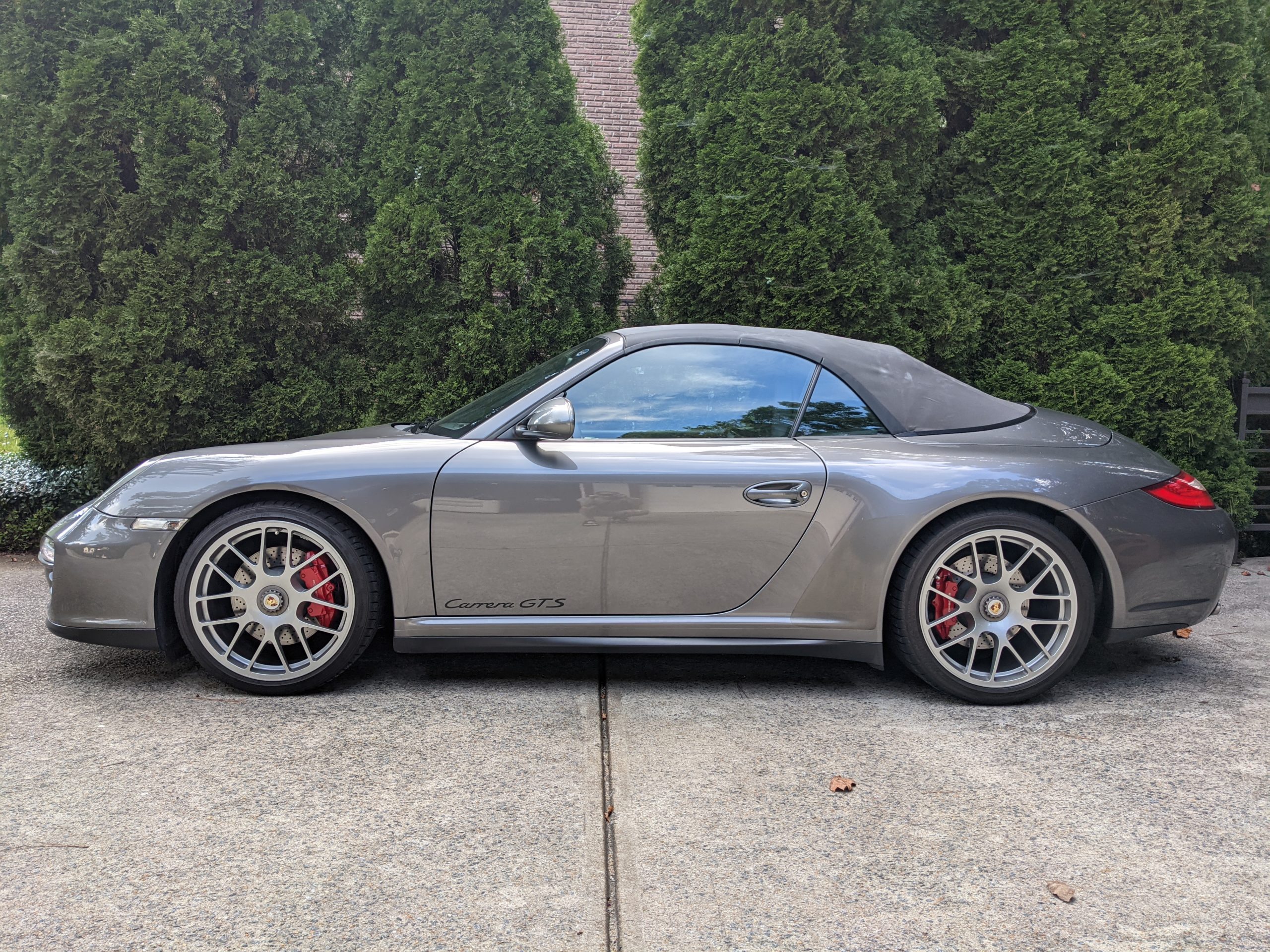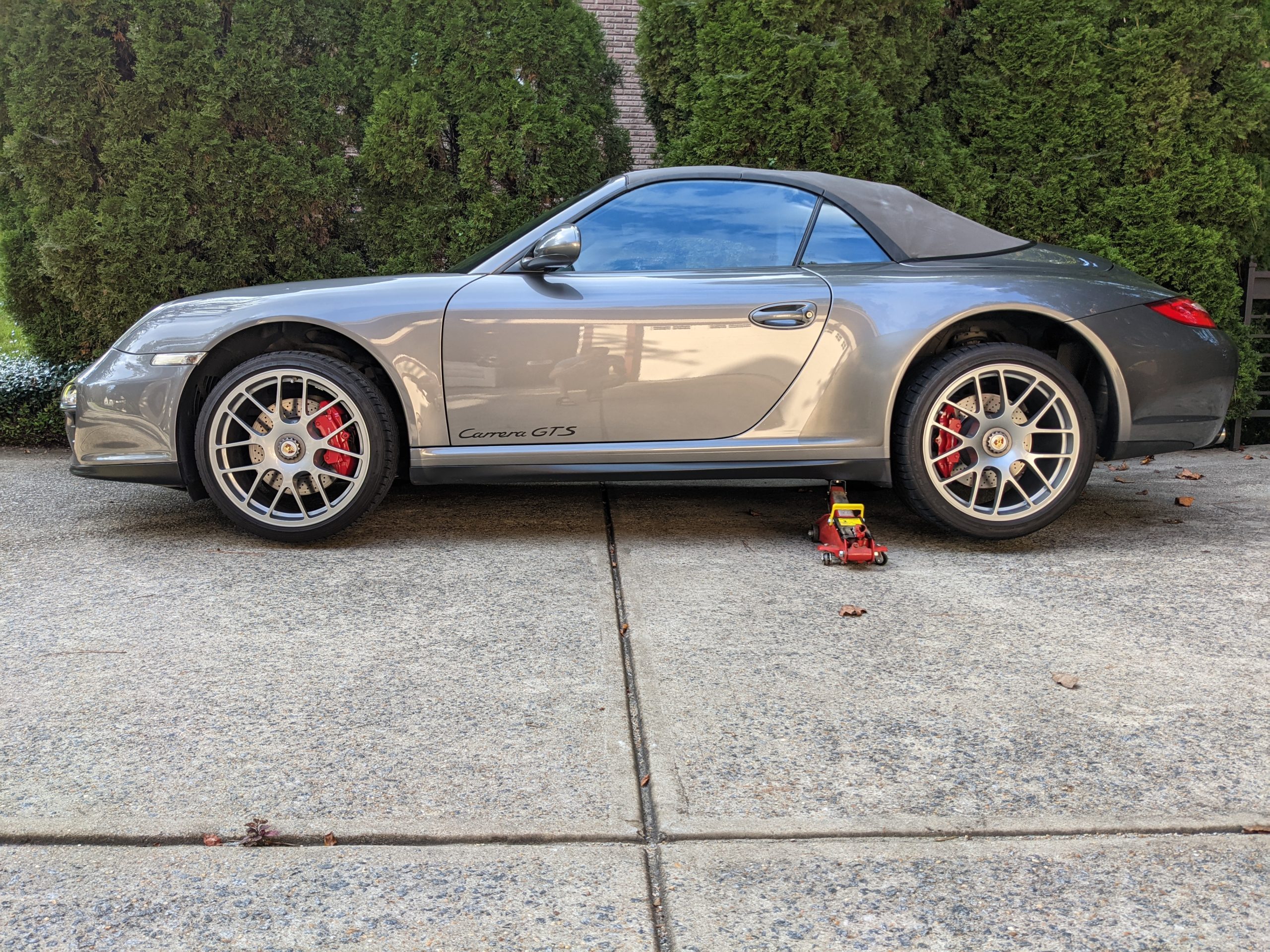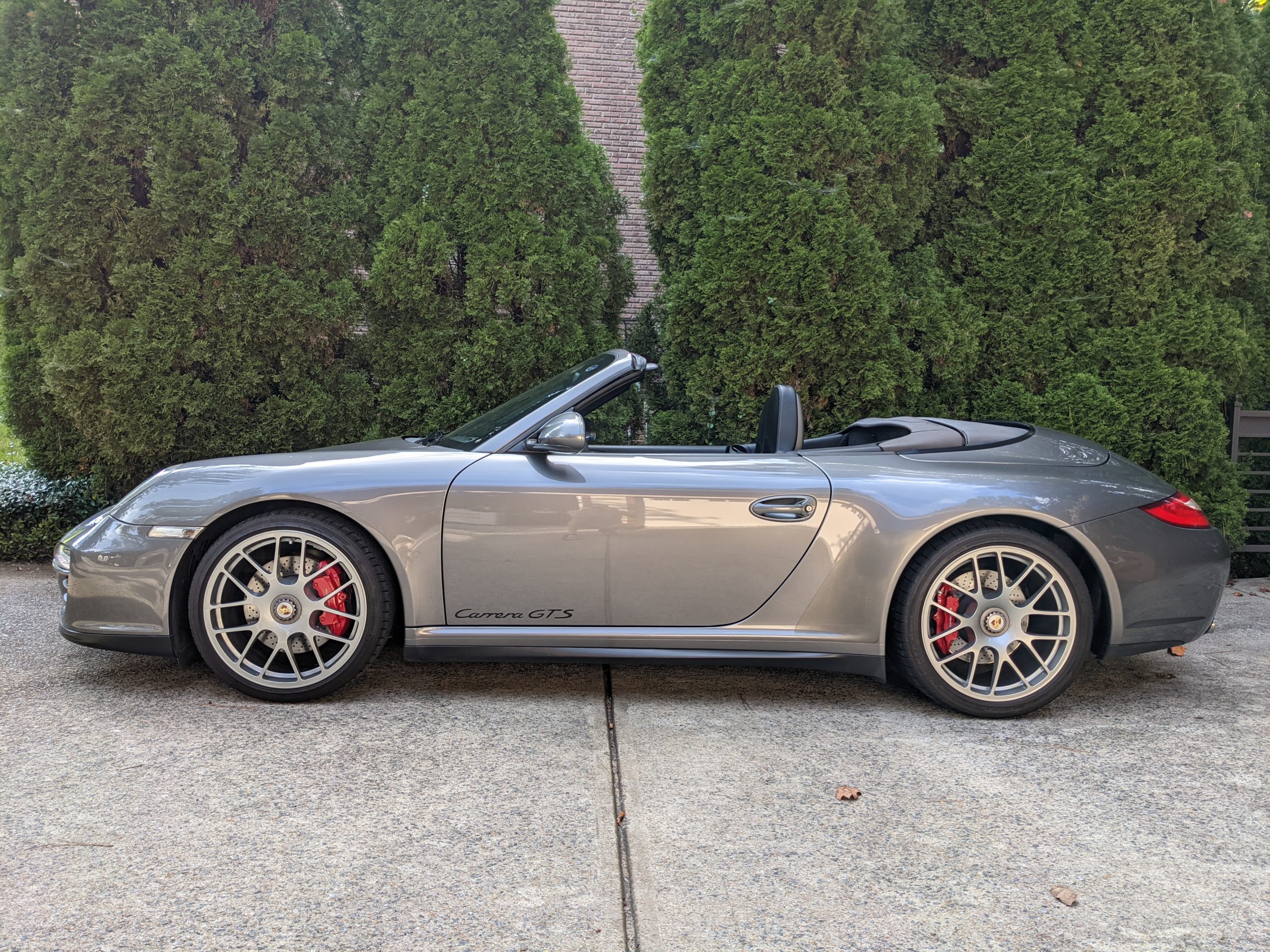
An owner’s viewpoint on the knocks against the 911 cabriolet
Like any enthusiast, I watch car pricing, and it’s been especially interesting during the pandemic. The forums are full of posts tracking the steep rise in prices with virtually all 911’s selling for what seem like record prices.
As members post links to cars, it’s not uncommon to see lengthy threads speculating on final hammer prices while debating the effect of attributes like color, options, and body style. The latter is particularly interesting to me because Porsches tend to run counter to the norm. While convertibles are typically more expensive than coupes, this rule of thumb doesn’t hold true with used 911’s; enthusiasts seem to prefer coupes.
As an owner of a 911 cabriolet, I’ll share my viewpoint on the knocks people seem to have against them.
Style is first on my list. Like most cars, the 911 was designed first as a coupe and the flyline is optimized around that design. Although more recent 911 generations have made strides in minimizing the flyline differences between the coupe and cabriolet, it just isn’t true with the 997 in my garage. Dropping the top helps, but the style win still goes to the car with a fixed roof.
Next up is stiffness. Typically convertibles flex more than coupes since the roof serves as a structural element in the body. While that is also the case with the 911, Porsche went to great lengths to minimize this issue starting with the 997. The development of the 997 actually started with the cabriolet. The logic being that designing the more structurally challenging body style first would result in the coupe being even more rigid. My seat-o-the-pants meter doesn’t sense any unwanted flex in the 997.

Performance is another area to consider. Here the argument is that since the cabriolet weighs more than the coupe, the coupe has a better power to weight ratio. Focusing on the 997 generation, the cabriolet weighs about 300 lbs more than the coupe, 3,340 lbs vs 3,131 lbs, respectively. Despite the weight difference, the cabriolet claims nearly the same performance figures as the coupe. As an interesting point of minutia, the spoiler on a cabriolet raises slightly higher than on a coupe to compensate for the extra drag resulting from the canvas top.
A common criticism for convertibles of any mark is the increased road noise. Again, with Porsche this criticism may run counter to the norm since most enthusiasts would tout noise as part of the connection with the car. I certainly share this view, and appreciate any chance to drop the top and take a spirited drive. Experiencing the exhaust roar with no more than air between my ear and the exhaust tip is incredible.
The last point I’ll cover is safety. Visibility is perhaps a mixed bag, although arguably better in a cabriolet than a couple when the top is down. While the fixed roof offers more protection in a rollover accident, the cabriolet includes active safety bars that provide enough protection to qualify it for DE events.
In the end, cabriolets are a great option for someone buying their first 911. Newer generations minimize the styling differences between the coupe and cabriolet and the other attributes are marginal. Cabriolets have a clear lead in experiencing engine noises and offer a lower entry price point in most cases. The 997 GTS cabriolet was my first 911, and I don’t think I could ever part with it.
